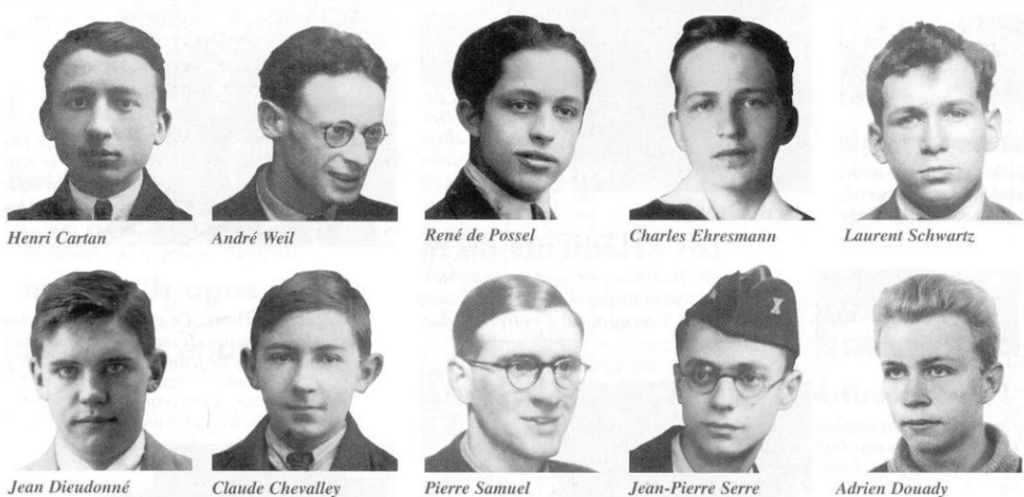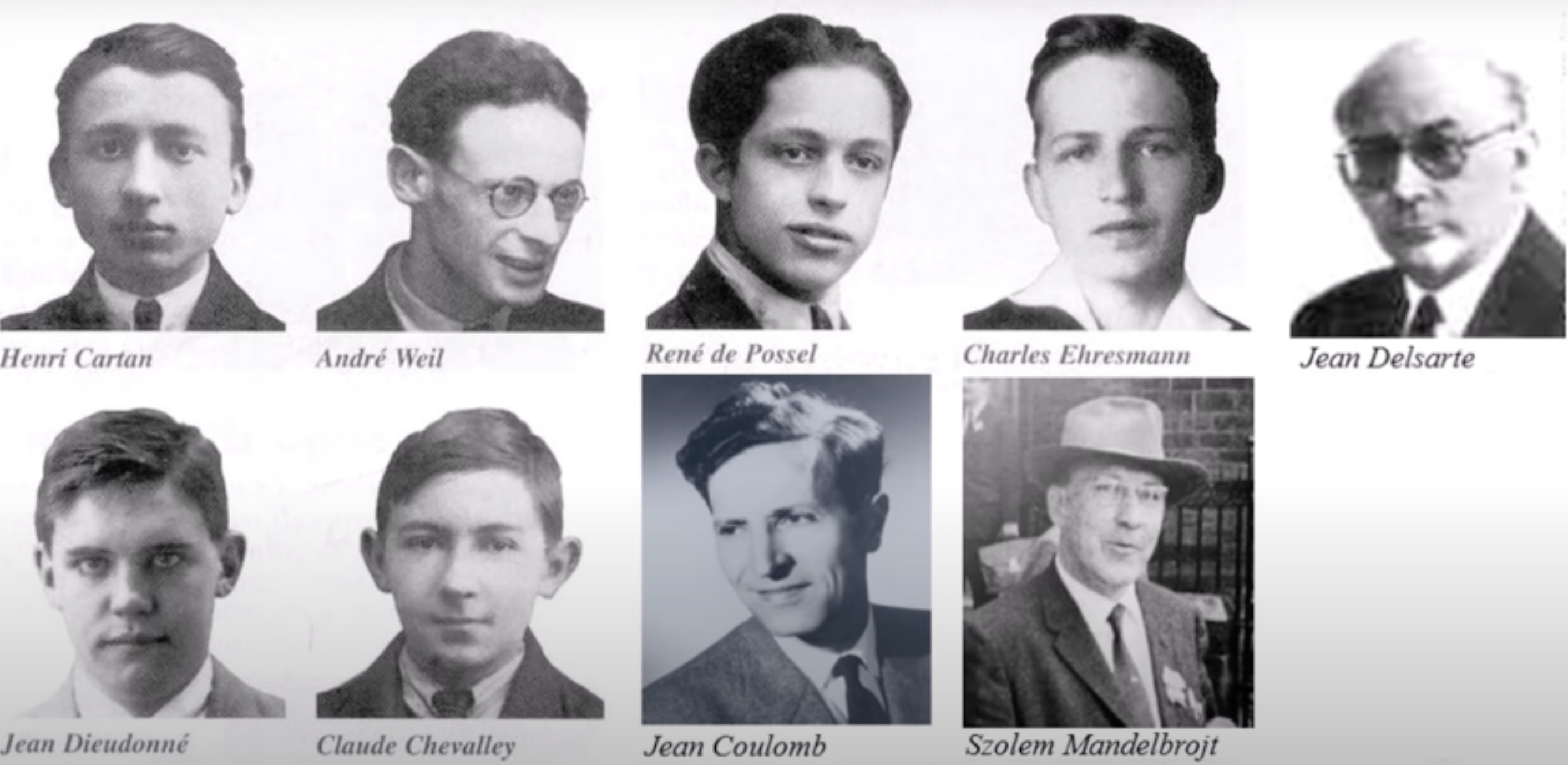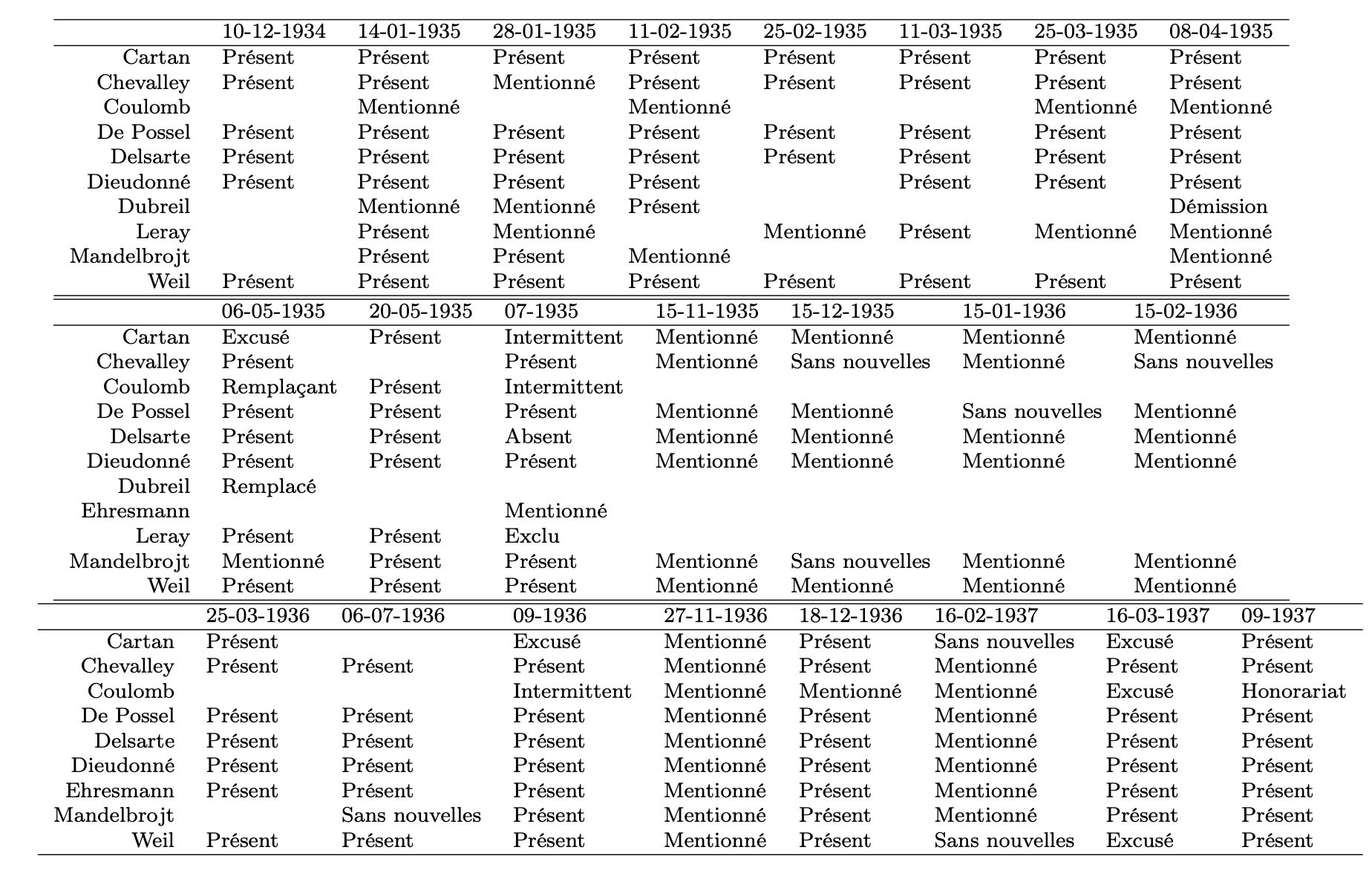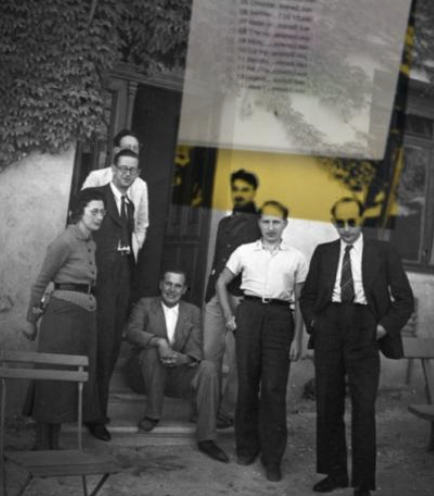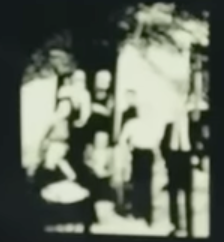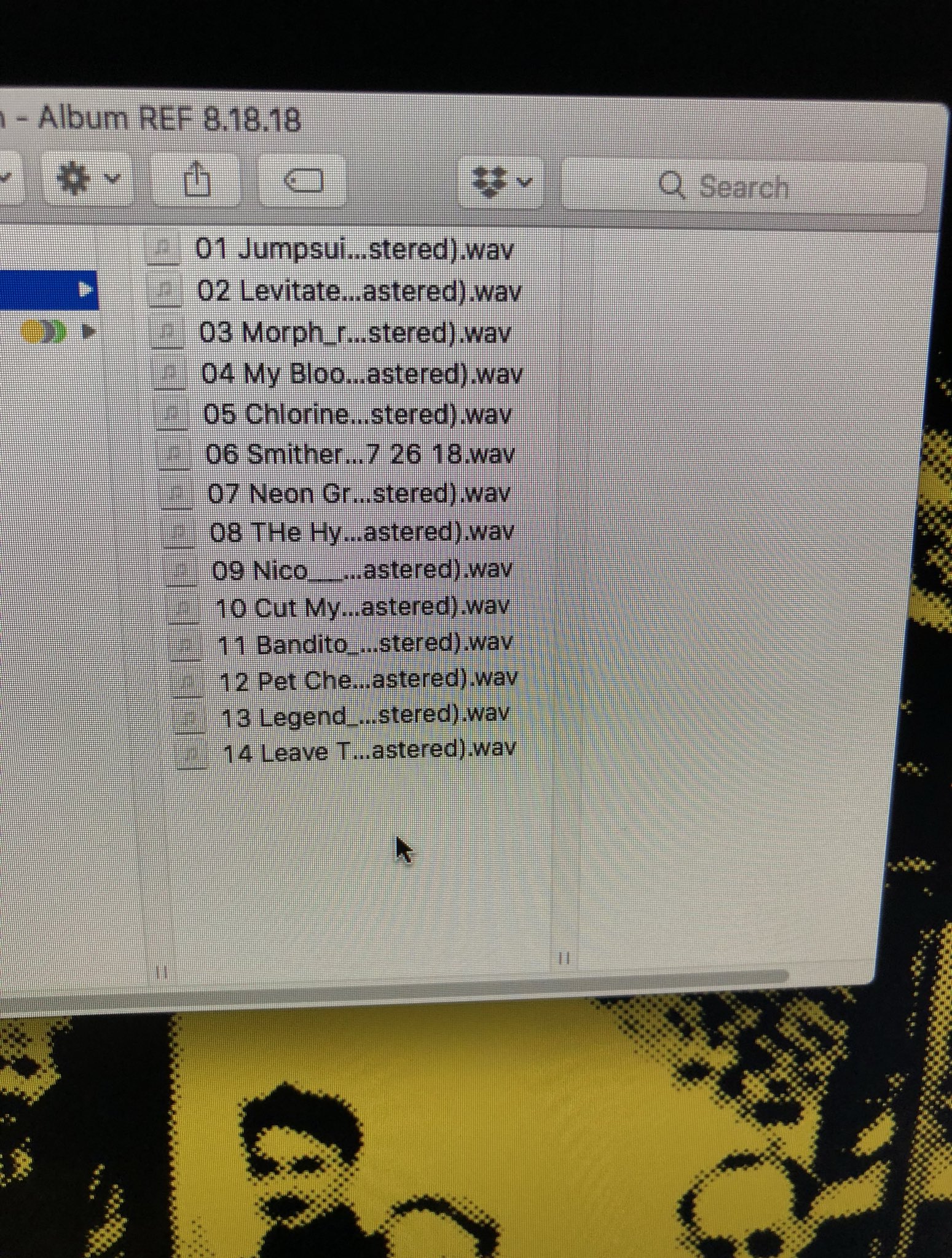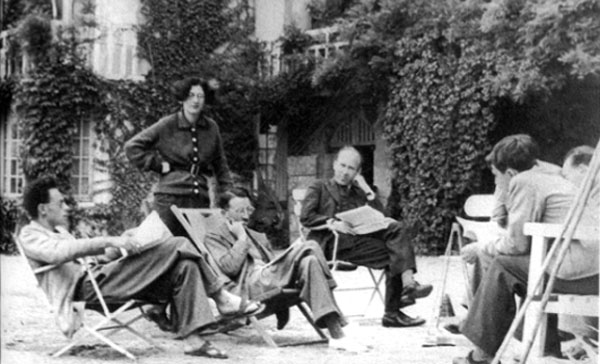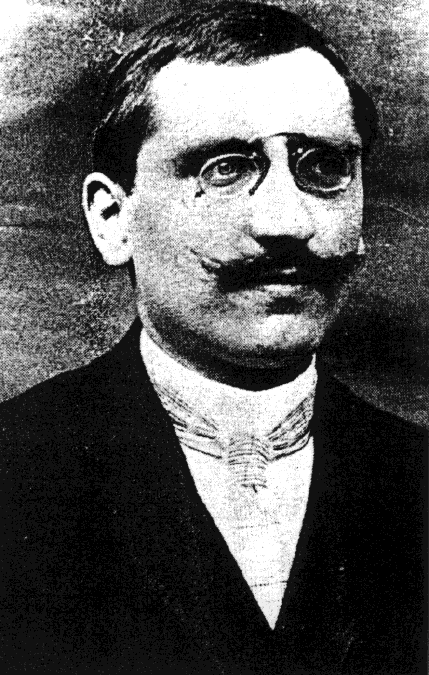In recent weeks, a theory that Simone Weil is the key to Dema-lore is getting a lot of traction.

Image credit
In two words, this theory is based on the assumption that Vialism=Weilism and on textual similarities between the writings of Simone Weil and the lyrics of 21 pilots and the Clancy letters.
The Keons YouTube channel explains this in great detail.
Until now, I thought that Andre Weil was crucial to the story, and that Simone’s role was merely to have a boy/girl archetypical situation.
There’s this iconic photograph of them from 1922, taken weeks before Andre entered the ENS:
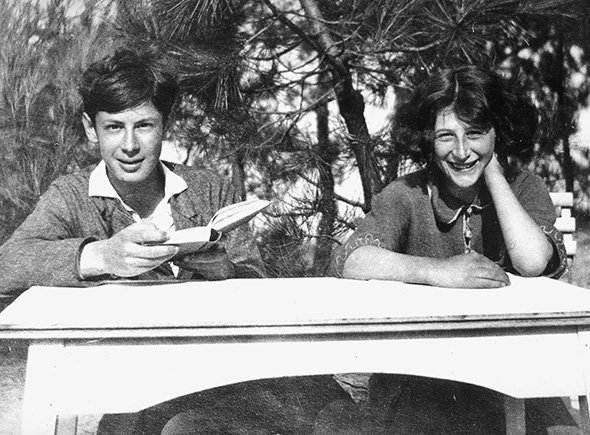
The same setting, boy on the left, girl to the right was used in the Nico and the niners-video, when they are young and in Dema

and when they are a quite a bit older, and in Trench, at the end of the Outside-video.
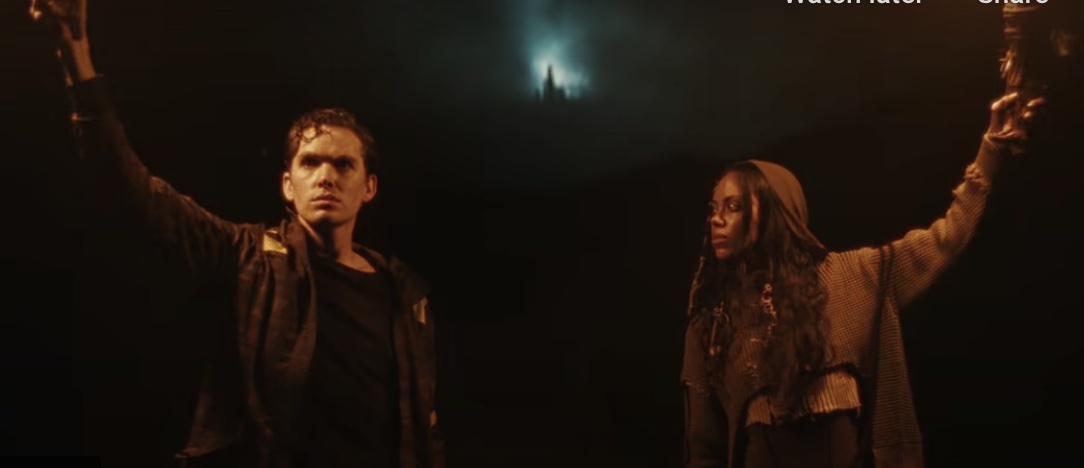
These scenes may support my theory that Dema was the ENS (both Andre and Simone studied there) as is explained in the post Where’s Bourbaki’s Dema?, and when they were both a bit older, and at the Bourbaki meetings in Chancay and Dieulefit, that they were banditos operating in Trench, as explained in the post Bourbaki = Bishops or Banditos.
There are two excellent books to read if you want to know more about the complex relationship between Andre and Simone Weil.
The first one is The Weil Conjectures: On Math and the Pursuit of the Unknown by Karen Olsson.

From it we get the impression that, at times, Simone felt intellectually inferior to Andre, who was three years older. She often asked him to explain what he was working on. Famous is his letter to her written in 1940 when he was jailed. Here’s a nice Quanta-article on it, A Rosetta stone for mathematics. This was also the reason why she wanted to attend some Bourbaki-meetings in order to get a better understanding of what mathematics was all about and how mathematicians think.
She was then very critical about mathematics because all that thinking about illusory objects had no immediate effect in real life. Well Simone, that’s the difference between mathematics and philosophy.
The second one is Chez les Weil, Andre et Simone written by Andre’s eldest daughter Sylvie.

From it we get another impression, namely that Andre may have been burdened by the fact that, after Simone’s death, his parents life centered exclusively around the preservation of her legacy, ignorant of the fact that their remaining child was one of the best mathematicians of his generation.
Poor Andre, on their family apartment in the Rue Auguste-Comte (which Andre used until late in his life when he was in Paris) is now this commemorative plaque

Well Andre, that’s the difference between a mathematician and a philosopher.
Let’s return to the role Simone Weil may play in Dema-lore. For starters, how did she appear in it?
She makes her appearance through a picture on Tyler’s desktop at the start of the Trench-era. This picture is a combination of two photographs from Bourbaki meetings, and Simone Weil features in both of them.
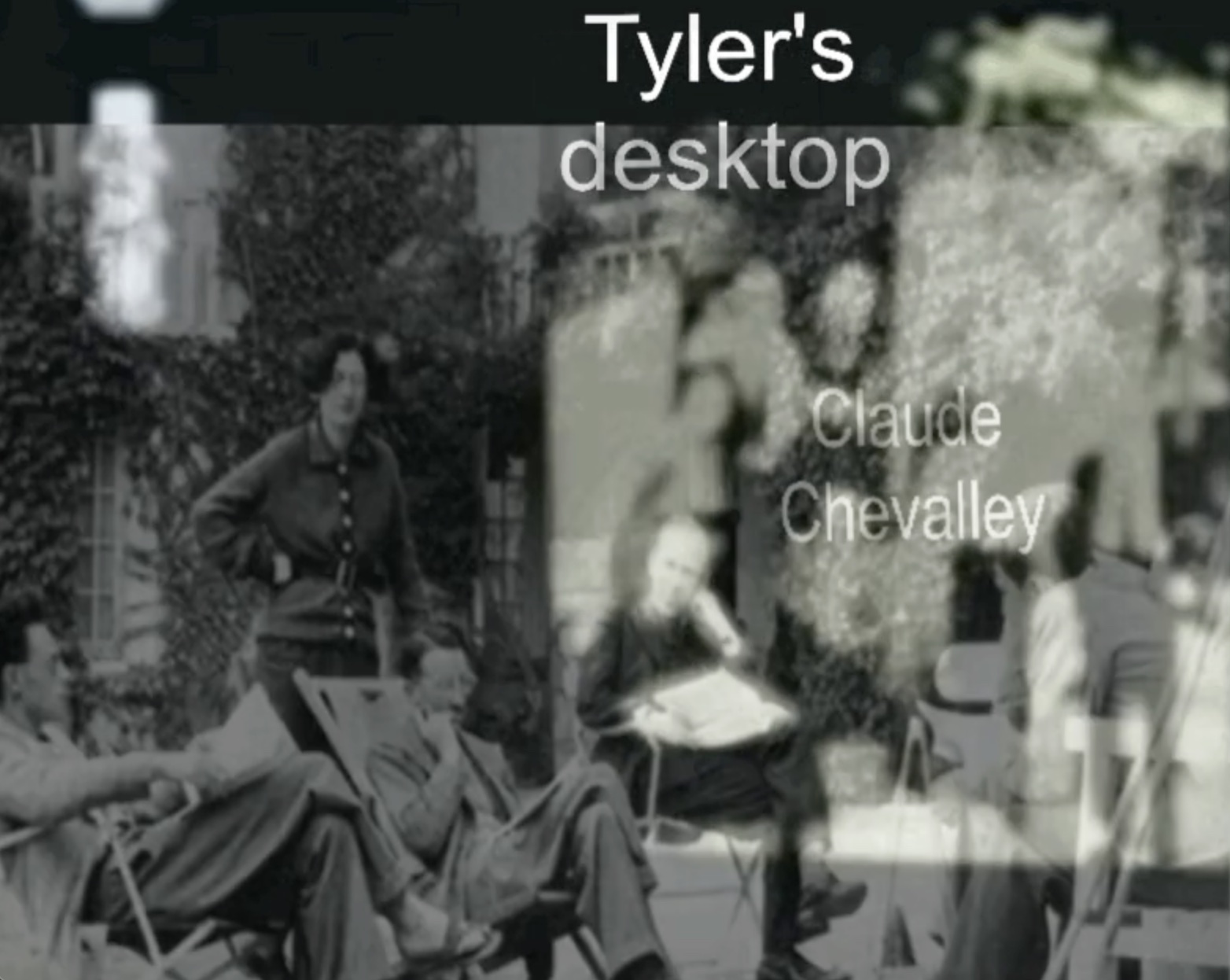
The photograph on the left is from the september 1937 meeting in Chancay, that on the right is from the september 1938 meeting in Dieulefit.
These are exactly the years crucial in Simone’s conversion to catholicism.
In the spring of 1937 she experienced a religious ecstasy in the Basilica of Santa Maria degli Angeli in Assisi.
Over Easter is 1938, Simone and her mother attended Holy Week services at the Solesmes Abbey where she had a mystic experience in which “Christ himself came down and took possession of me”.
One might ask whether there’s any connection between these religious experiences and her desire to attend these upcoming Bourbaki meetings. So, what was discussed during these conferences?
Mathematically, the 1938 meeting was not very exciting. Hardly any work was done, as they were preoccupied with all news of the Nazis invading Czechoslovakia. During the conference, Simone and Alain even escaped to Switzerland because they were convinced war was imminent. After a couple of days the Munich Treaty was signed, and Alain returned to Dieulefit, whereas Simone stayed in Switzerland, before returning to Paris.
On the other hand, the Chancay meeting was revolutionary as the foundations of topology were rewritten there with the introduction of the filter concept, dreamed up on the spot by Henri Cartan (the guy in the deckchair), while the others were taking a walk.

Simone was pretty impressed by the power of TOPology. In 1942 she wrote in her ‘Cahiers’:
One field of mathematics that deals with all the diverse sorts of orders (set theory and general topology) is a treasure-house that holds an infinity of valuable expressions that show supernatural truth.
Interestingly, she mentions the two math-subjects closest to the pilots’ universe: set theory studies all objects you can make starting from the empty set $\emptyset$, and topology studies the properties of objects and figures that remain unchanged even when you
morph them.
We’ll have to say more about this in a next post when we look into the Vialism=Weilism assumption.
Another appearance of Simone Weil in the lore might be through the cropped image you can find on the dmaorg-website.
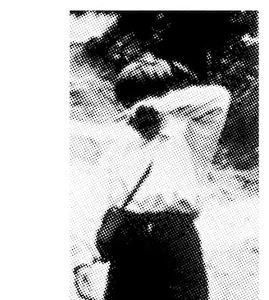

The consensus opinion is that this is a picture of the young Clancy, next to one of the Bishops (Keons? Andre? Nico?).
In fact, the ‘little boy’ is actually a girl and her identity is unresolved as far as I know. But, given the date of the photograph (1956) the girl might be (mistakingly) taken for Andre’s daughter Sylvie.
Now, almost everyone, in particular her grandparents and Andre himself, found that Sylvie was a spitting image (almost a ‘copy’) of Simone Weil.
There are further indications that Simone Weil might be a Clancy.
Morph
In Morph there are these lines
He’ll always try to stop me, that Nicolas Bourbaki
He’s got no friends close, but those who know him most know
He goes by Nico
He told me I’m a copy
When I’d hear him mock me, that’s almost stopped me
During the meetings she attended, the other Bourbakis mocked Simone that she was a copy of het brother. From Karen Olsson’s book mentioned above:
To the others it’s startling to see his same glasses, his same face attached to this body clothed in an. unstylish dress and an off-kilter brown beret, carrying on in that odd monotone as she argues, via the chateau’s telephone, with the editors who publish her political articles.
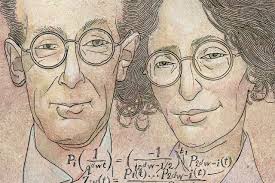
Early in her career, Simone Weil was far from an original thinker. For her end-essay on Descartes she got the lowest score possible in order to pass from the ENS. Even Andre urged her to have a work-plan to develop her own ideas, rather than copying ideas from philosophers from the past.
Jumpsuit
Whereas Andre tried everything to avoid the draft, Simone was more of a warrior. In 1935 she volunteered to fight on the Republican side in the Spanish civil war, until a kitchen accident forced her to return to France.

Later in 1943 she left New-York to return to England and enlist in the French troupes of General de Gaulle, hoping to be parachuted behind enemy lines. Given her physical state, the military command decided against it. Upset by this refusal, she felt she had no other option than to deny herself food in empathy with the starving French.
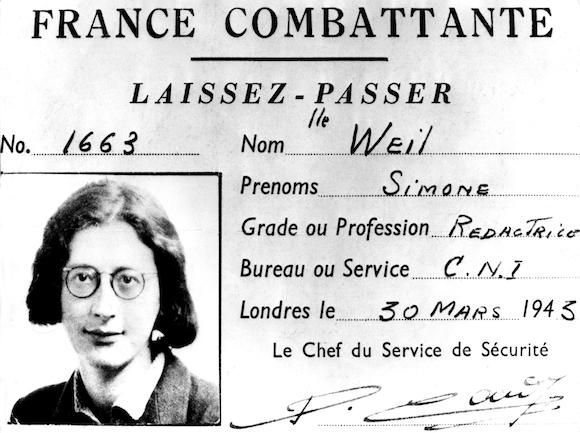
She didn’t succeed in crossing Paladin Strait, sorry the Channel.
Overcompensate
Can this be Simone Weil?
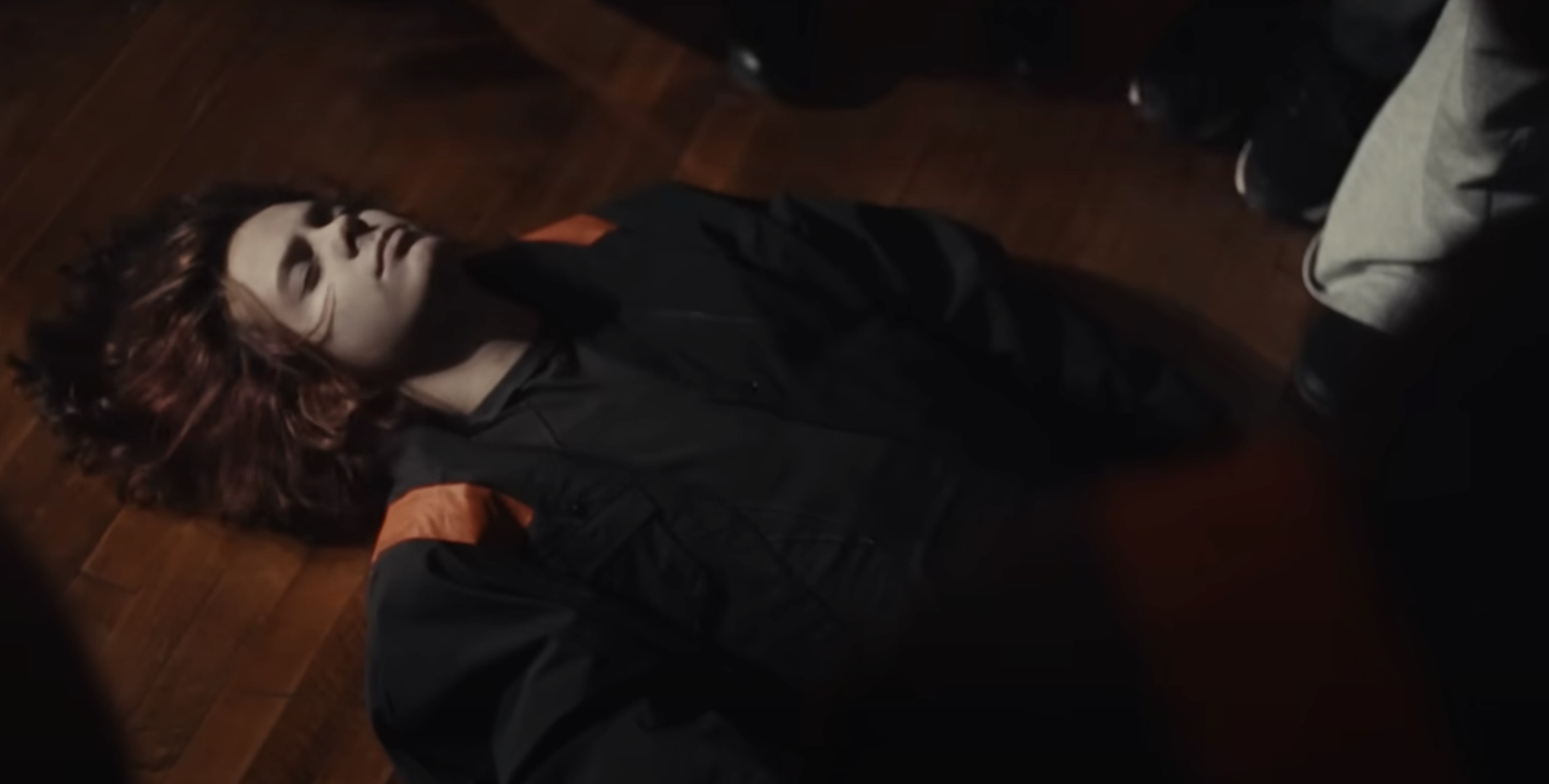
.
In this series:
- Bourbaki and TØP : East is up
- Bourbaki = Bishops or Banditos?
- Where’s Bourbaki’s Dema?
- Weil photos used in Dema-lore
- Dema2Trench, AND REpeat
- TØP PhotoShop mysteries
- 9 Bourbaki founding members, really?
- Bourbaki and Dema, two remarks
- Clancy and Nancago
- What about Simone Weil?
- Vialism versus Weilism
- The dangerous bend symbol
